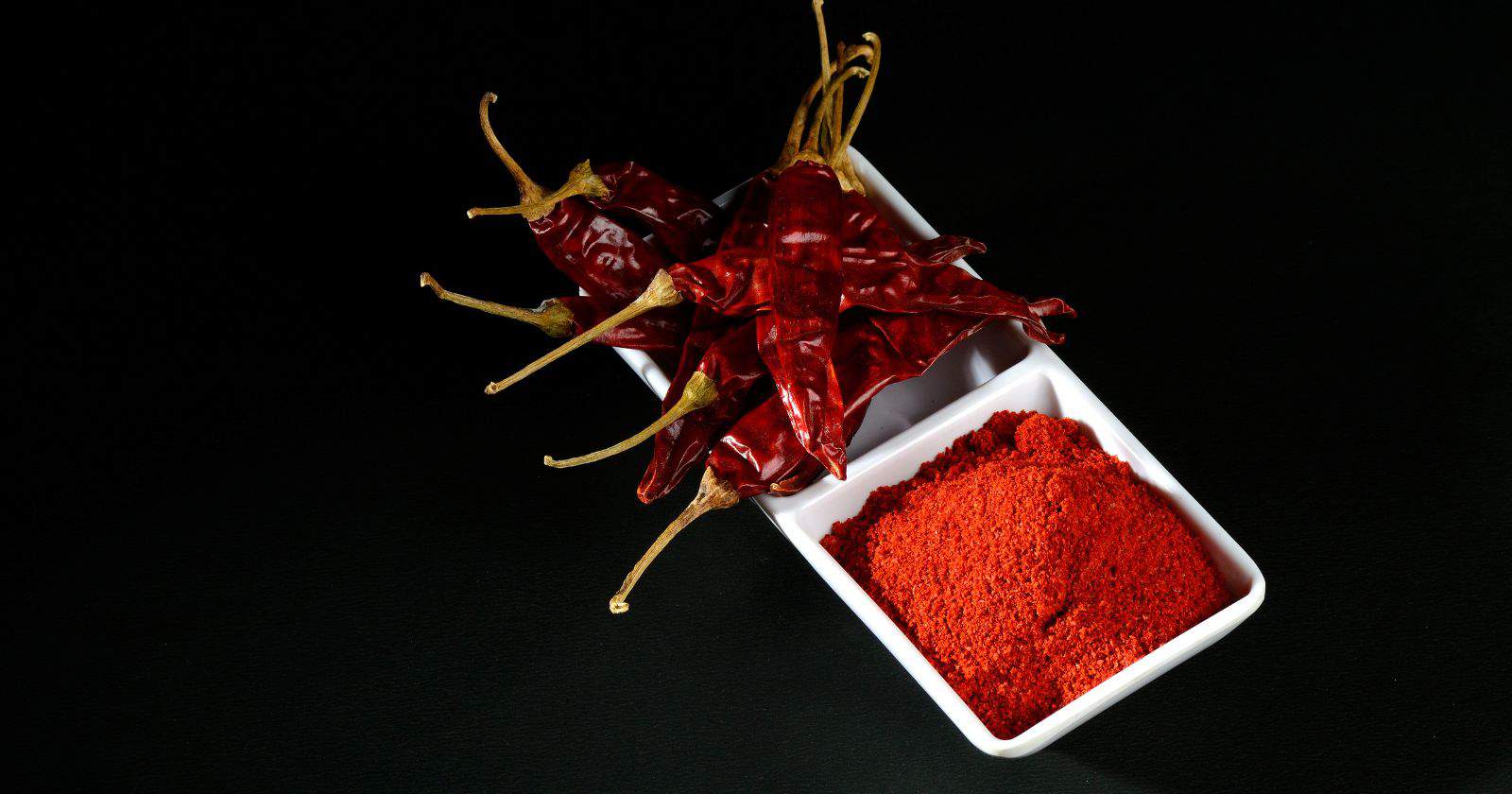If you’re a chili head who loves intense, spicy heat, you may have wondered: is capsaicin, the chemical compound that puts the fire in hot peppers, actually a poison? It’s a fair question, since this mighty molecule can quickly leave your mouth, eyes, and skin screaming.
While capsaicin causes temporary—but memorable!—pain and irritation, it does not meet the criteria for a true poison or toxic substance. Regulatory agencies approve small doses as safe for human consumption.
However, capsaicin can impact you adversely if you go overboard. This natural irritant inflames nerves and tissues upon contact, triggering sensations from burning pain to breathing difficulties.
Consumed in large quantities, capsaicin can severely upset the digestive tract, causing vomiting, cramps, and diarrhea. Inhaled in high concentrations, it irritates airways. Exposed to eyes and mucous membranes, it can temporarily blind and sting. Not fun!
But when used responsibly in normal culinary amounts, capsaicin adds thrilling heat without inflicting permanent damage. Our pain receptors soon return to normal once exposure ends.
With judicious use, we can safely enjoy capsaicin’s addictive bite in spicy cuisines worldwide. However, we do need to be mindful of its toxicity to beneficial insects like bees when used as a concentrated pest deterrent.
Now that you know capsaicin’s deal, dive deeper into this article to learn specific safety limits, culinary tips, and how to respect the power of this feisty
Capsaicin Can Irritate and Cause Discomfort
While not a true poison, capsaicin is a powerful irritant that can stimulate pain receptors and cause some temporary but unpleasant effects. Consuming or touching large quantities can result in:
- Burning, stinging, redness on skin or mucous membranes
- Coughing, choking, or difficulty breathing if inhaled
- Nausea, vomiting, cramps, and diarrhea if ingested
- Flushing, sweating, headache, and increased heart rate
- Production of tears and temporary blindness if exposed to eyes
So clearly this feisty chemical can pack a punch and make you pretty miserable depending on the dose and exposure route!
Pure capsaicin oils and concentrated pepper sprays are especially potent and can cause more severe reactions. Use caution when handling potent capsaicin products.
Capsaicin Toxicity Depends on the Dose
While capsaicin can irritate and inflame, causing discomfort does not necessarily make it a dangerous poison. Even table salt eaten in large quantities can make you violently ill!
When evaluating toxicity, the dose makes the poison. Capsaicin is only considered toxic at very high concentrations far above normal culinary use.
At moderate doses found in spicy foods, capsaicin merely triggers pain receptors without doing actual cellular damage. The painful sensation fades quickly once the capsaicin exposure ends or is neutralized.
So while this fiery chemical can blister your tongue, it won’t kill you or cause lasting harm when consumed in normal cooking amounts. Let’s look at safe intake levels.
Safe Daily Limits Established for Human Consumption
Regulatory agencies have established safe capsacin intake limits for human consumption:
- FDA limit: Up to 1.5 mg/kg of body weight
- European Food Safety Authority (EFSA): Up to 1.5 mg/kg of body weight
So a 150 pound person could safely consume up to 100 mg of capsaicin daily. Above this limit over extended periods, some studies show potential for liver damage.
However, reaching this threshhold is difficult through diet alone. Most spicy foods deliver well under these safety margins at only 0.025 to 15 mg capsaicin per serving.
Capsaicin is Lethal to Some Beneficial Insects
While the spicy molecule causes no permanent harm to humans at culinary doses, capsaicin can be highly toxic to bees and other beneficial insects.
When deployed as an insect repellent, capsaicin concentrations between 10-100 mg can be lethal if bees ingest or absorb it through their exoskeleton. Effects include tremors, paralysis, and death.
So avoid spraying this chemical near pollinator habitats, and be mindful of its toxicity to key species like bees that support our food system.
Cooking with Capsaicin Safely and Deliciously
Now that you understand capsaicin’s safety parameters, you can confidently cook up spicy, flavorful cuisine. Follow these tips to handle hot peppers safely:
- Use gloves, goggles, and mask when handling high concentrations.
- Wash hands carefully after working with peppers.
- Start with small doses and build tolerance slowly over time.
- Avoid touching eyes or nose after exposure.
- Cut out seeds and membranes to reduce heat.
- Add dairy, sweet fruits, or fats to counter the burn.
- Opt for pepper-derived spices instead of fresh peppers.
The tingle and burn of capsaicin adds addictive flavor, but respect its power. By understanding the science, you can safely unleash as much or as little
Frequently Asked Questions About Capsaicin
What foods contain capsaicin?
Capsaicin is found naturally in all peppers of the genus Capsicum, including popular varieties like jalapeños, habanero, cayenne, and chili peppers. It’s also present in many pepper-derived spices like paprika, chili powder, and cayenne pepper.
What happens if I eat too much capsaicin?
Consuming large amounts of capsaicin can cause gastrointestinal distress including nausea, vomiting, abdominal cramps, and diarrhea. While very unpleasant, these effects are temporary and not life-threatening. Moderation is key when enjoying spicy cuisine.
Does capsaicin have health benefits?
When consumed in moderation, capsaicin may offer some potential health benefits. Studies link it to increased metabolism, appetite suppression, pain relief, and anti-inflammatory effects. However, more research is still needed.
How can I reduce the heat from capsaicin?
To tame spicy heat, pair capsaicin-containing foods with dairy, sugar, bread, rice, alcohol or fats. Casein in dairy products binds with capsaicin to reduce the burn. Fats also help disperse the irritant.
Is capsaicin used in self-defense sprays?
Yes, very concentrated capsaicin extracts are used to formulate non-lethal defense sprays like pepper spray. This causes temporary blindness, choking, and severe pain when sprayed on an attacker but is not life-threatening.





